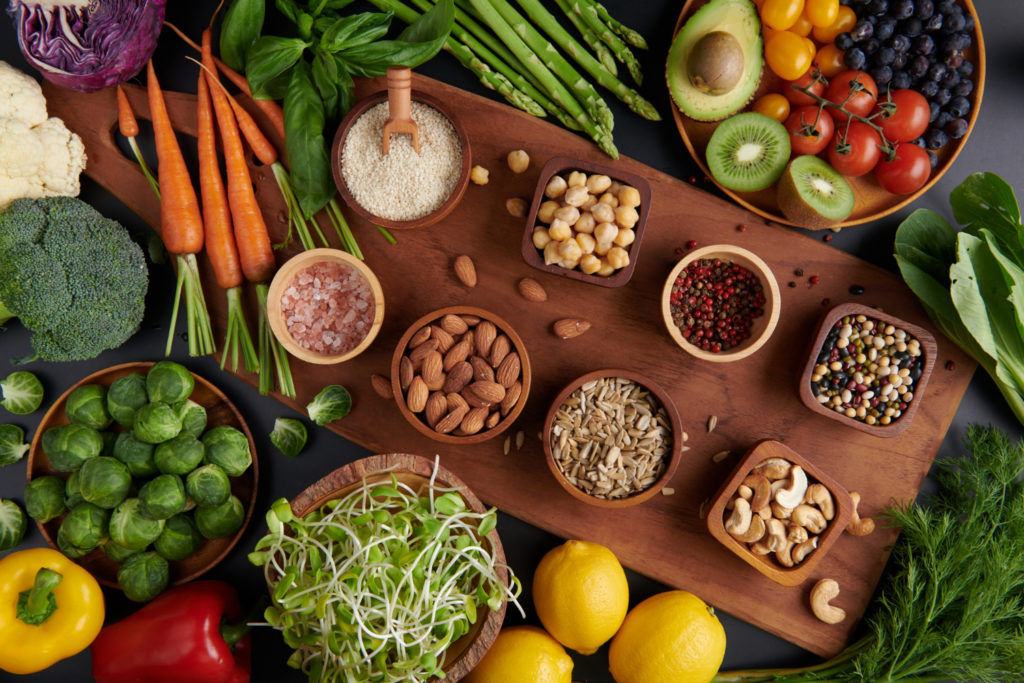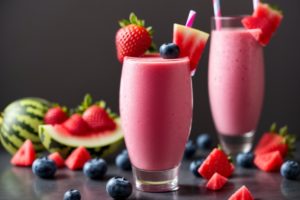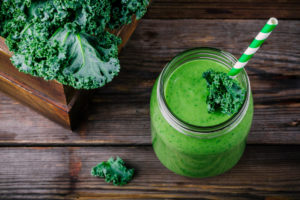n today’s fast-paced world, maintaining a healthy lifestyle can be challenging. Our diets often lack the essential nutrients needed to support our overall well-being. One such vital nutrient is fiber. Consuming an adequate amount of fiber is crucial for digestive health, weight management, and controlling appetite. We will explore several creative ways to increase your fiber intake, helping you stay healthy and satisfied.
Understanding Fiber and Its Benefits (and Why You Should Eat More Fiber)
Fiber is a type of carbohydrate found in plant-based foods that cannot be digested by the body. Instead, it passes through the digestive system relatively intact, offering numerous health benefits. There are two main types of fiber: soluble and insoluble.
Soluble fiber absorbs water in the digestive tract, forming a gel-like substance that aids in slowing down digestion. This type of fiber helps regulate blood sugar levels, lowers cholesterol, and promotes a feeling of fullness. Insoluble fiber adds bulk to the stool, facilitating regular bowel movements and preventing constipation.
Now, let’s delve into some creative ways to incorporate more fiber into your diet and maintain a healthy, controlled appetite.
Eat More Fiber With These Simple Tips
Start Your Day with a Fiber-Rich Breakfast
Breakfast is the most important meal of the day, and it’s an ideal time to kickstart your fiber intake. Opt for whole grain cereals, such as oatmeal or bran flakes, which are excellent sources of fiber. Add fresh fruits like berries, sliced bananas, or diced apples to further boost your fiber intake. Additionally, consider sprinkling a tablespoon of ground flaxseeds or chia seeds onto your breakfast to add extra fiber and omega-3 fatty acids.
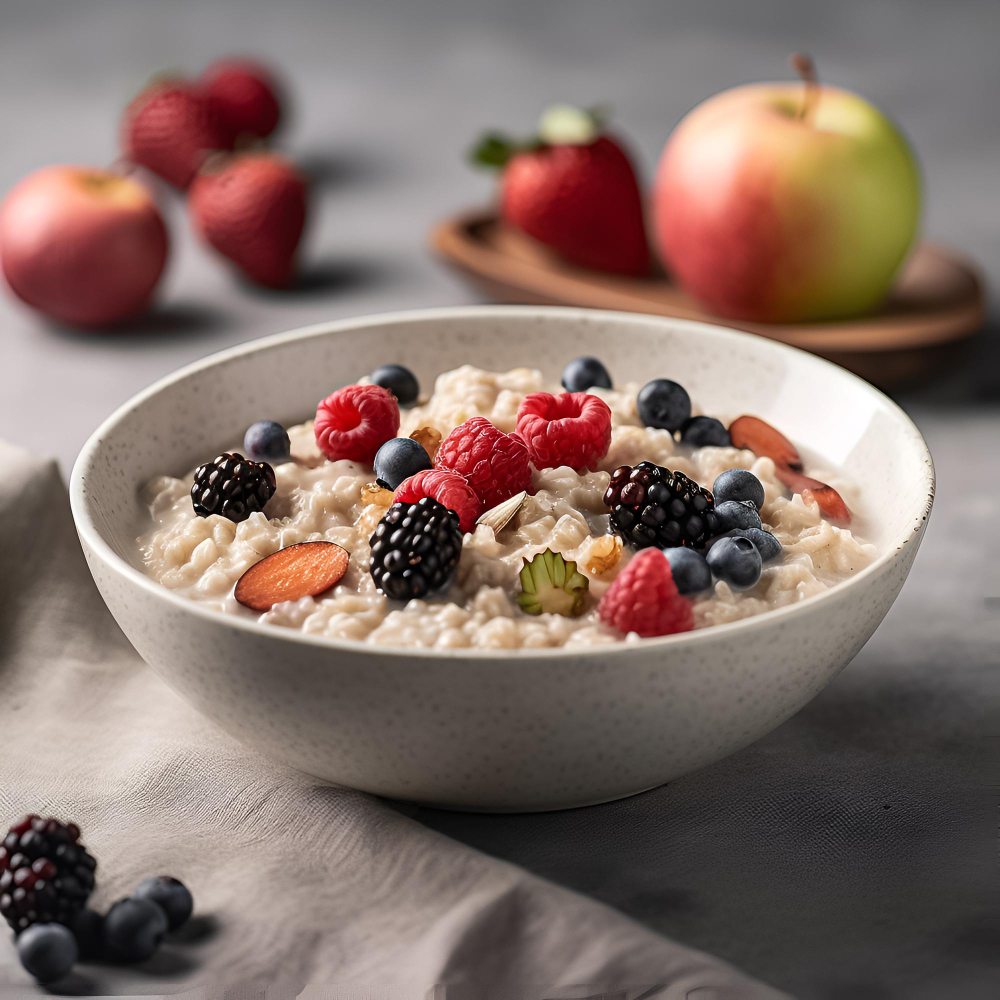
Experiment with Fiber-Packed Smoothies
Smoothies offer a convenient and delicious way to increase your fiber consumption. Combine a variety of fruits like berries, mangoes, and peaches, along with a handful of leafy greens such as spinach or kale. To further enhance the fiber content, add a tablespoon of psyllium husk or flaxseed meal. These soluble fibers blend well with the smoothie and provide an extra fiber boost.
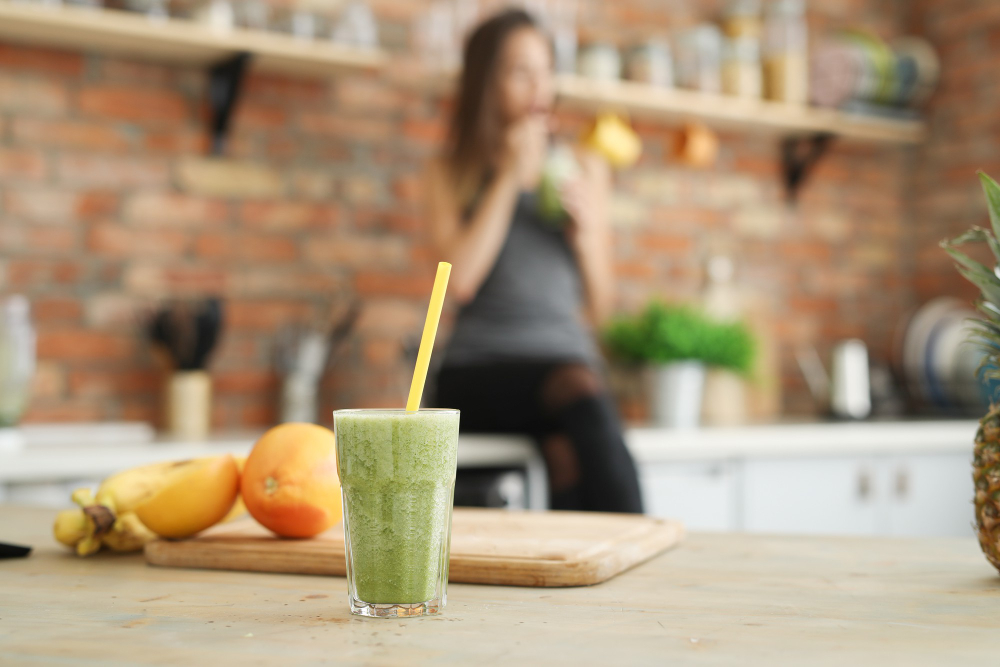
Need a starter smoothie recipe? Try this healthy chocolate berry smoothie recipe, and add some flaxseeds and spinach.
Switch to Whole Grains
Replace refined grains like white bread, pasta, and rice with their whole grain counterparts. Whole grains contain all parts of the grain, including the bran, germ, and endosperm, providing a rich source of fiber. Look for whole wheat bread, whole grain pasta, and brown rice to elevate your fiber intake. As a creative twist, experiment with alternative grains like quinoa, buckwheat, or amaranth to diversify your fiber sources.
Embrace Legumes and Pulses
Legumes, such as lentils, chickpeas, and black beans, are excellent sources of fiber and plant-based protein. Incorporate them into your diet by making homemade hummus, adding them to soups and stews, or preparing delicious bean salads. You can also try creating fiber-rich veggie burgers using mashed beans as a base. These options will not only increase your fiber intake but also add variety and flavor to your meals.
Pile on the Vegetables
Vegetables are a treasure trove of fiber and essential nutrients. Make it a habit to include a generous portion of vegetables in your meals. Leafy greens like spinach, kale, and collard greens are particularly fiber-rich. Roasted or steamed vegetables can be enjoyed as a side dish, added to stir-fries, or tossed into salads. Consider making zucchini noodles or cauliflower rice as low-carb, high-fiber alternatives to traditional pasta and rice.
Snack on Fiber-Filled Foods
Snacking can be a great opportunity to increase your fiber intake. Replace unhealthy, processed snacks with fiber-rich options. Fresh fruits like apples, pears, and oranges make excellent portable snacks. You can also enjoy a handful of nuts or seeds, such as almonds, walnuts, or pumpkin seeds, which provide both fiber and healthy fats. Homemade popcorn, air-popped or lightly seasoned, is another fantastic high-fiber snack.
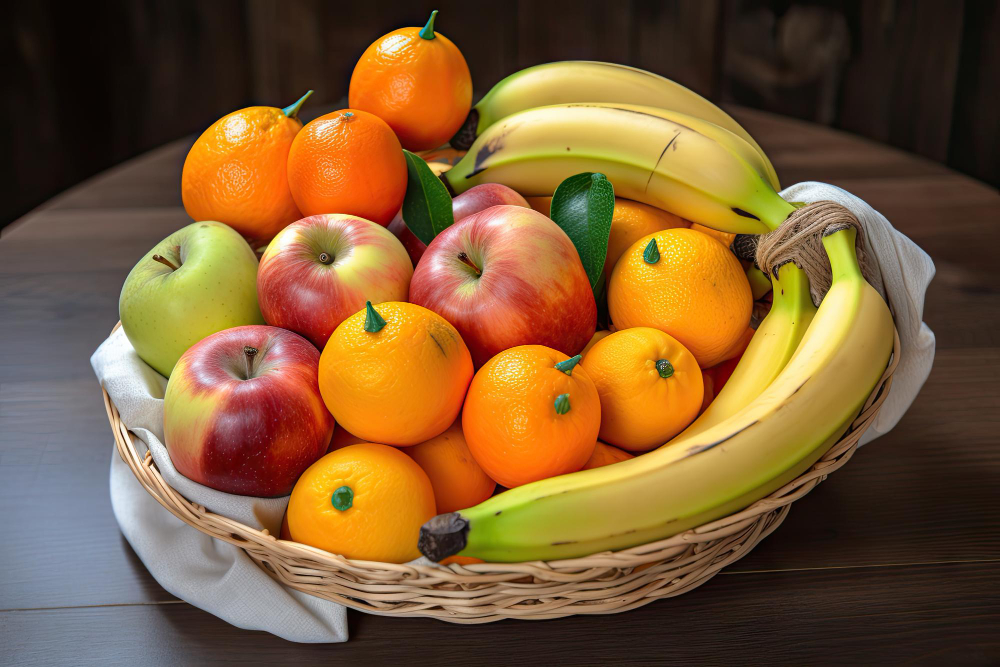
Add Flair with Fiber Supplements
While whole foods should be the primary source of fiber, supplements can be a helpful addition, especially if you struggle to meet your daily fiber requirements. Psyllium husk, wheat bran, and glucomannan are popular fiber supplements available in powdered or capsule form. It’s crucial to consult a healthcare professional before starting any supplements to ensure they are suitable for your specific needs.
Feeling Satisfied? (If Not, Eat More Fiber)
How’s that for a conclusion? 🙂
Increasing your fiber intake is essential for maintaining a healthy digestive system, managing weight, and controlling appetite. By incorporating these creative ideas into your daily routine, you can easily enhance your fiber consumption and enjoy the benefits of a healthier, more satisfied lifestyle. Remember, small changes over time can make a significant difference in your overall well-being. So, start gradually and enjoy the journey toward a fiber-rich, balanced diet.

